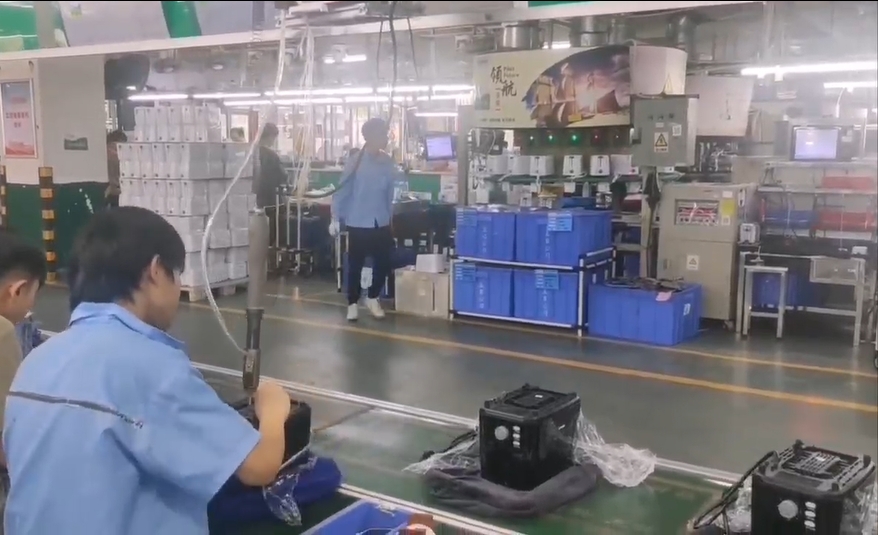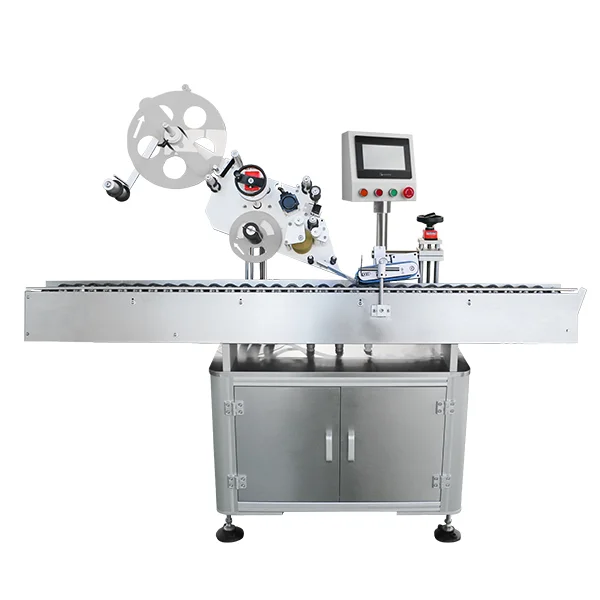Heat exchangers are pivotal components in various industrial processes, playing a crucial role in energy conservation and thermal management. Among the myriad designs available, parallel flow and counterflow heat exchangers are two of the most commonly utilized configurations. Understanding which of these two designs is more efficient is essential for engineers and decision-makers in optimizing thermal systems. This article delves into the operational principles, efficiency metrics, and practical applications of both parallel and counterflow heat exchangers, providing a comprehensive analysis to guide your selection.
Understanding Heat Exchanger Configurations
Before diving into efficiency comparisons, it is essential to grasp the fundamental differences between parallel and counterflow heat exchangers.
- Parallel Flow Heat Exchangers: In this configuration, both the hot and cold fluids enter the heat exchanger at the same end and flow in the same direction. As the fluids move through the exchanger, they exchange heat, but their temperature gradients diminish along the length of the exchanger.
- Counterflow Heat Exchangers: In contrast, counterflow heat exchangers have the hot and cold fluids entering from opposite ends. This design allows for a more consistent temperature gradient throughout the length of the exchanger, facilitating a more efficient heat transfer process.
Efficiency Metrics: A Comparative Analysis
When evaluating the efficiency of heat exchangers, several factors come into play, including temperature change, heat transfer coefficients, and overall heat transfer effectiveness.
- Temperature Change
Counterflow heat exchangers typically exhibit a higher temperature change for both the hot and cold fluids. This is primarily due to the continuous exposure of the cold fluid to the hotter fluid, allowing for a more significant temperature differential. In contrast, the parallel flow configuration experiences a rapid decrease in temperature differential along its length, leading to less effective heat transfer.
- Heat Transfer Coefficients
The heat transfer coefficient is a critical parameter that influences the overall efficiency of a heat exchanger. Counterflow designs generally achieve higher heat transfer coefficients due to the sustained temperature gradient, which enhances the driving force for heat transfer. This results in a more effective exchange of thermal energy between the fluids.
- Overall Heat Transfer Effectiveness
The effectiveness of a heat exchanger is defined as the ratio of the actual heat transfer to the maximum possible heat transfer. Counterflow heat exchangers typically demonstrate higher effectiveness values compared to parallel flow designs. Studies indicate that counterflow heat exchangers can achieve effectiveness ratings of up to 0.9 or higher, while parallel flow systems often range between 0.5 and 0.7.
Practical Applications and Considerations
While counterflow heat exchangers generally outperform parallel flow designs in terms of efficiency, the choice between the two configurations should also consider specific application requirements and constraints.
- Space and Design Constraints: Counterflow heat exchangers often require more space due to their design, which may not be feasible in all applications. In situations where space is limited, parallel flow heat exchangers may be more practical despite their lower efficiency.
- Cost Considerations: The initial cost of counterflow heat exchangers can be higher due to their more complex design and construction. For applications with budget constraints, parallel flow exchangers may provide a more economical solution, albeit with reduced efficiency.
- Fluid Properties: The nature of the fluids involved can also influence the choice of heat exchanger. For instance, if one fluid is significantly more viscous than the other, it may affect the heat transfer characteristics and necessitate a specific design.
Conclusion: Making an Informed Decision
In summary, while counterflow heat exchangers generally offer superior efficiency compared to parallel flow designs due to their enhanced temperature gradients and heat transfer capabilities, the ultimate choice depends on various factors, including space, cost, and fluid properties. Engineers and decision-makers must weigh these considerations carefully to select the most appropriate heat exchanger for their specific applications.


